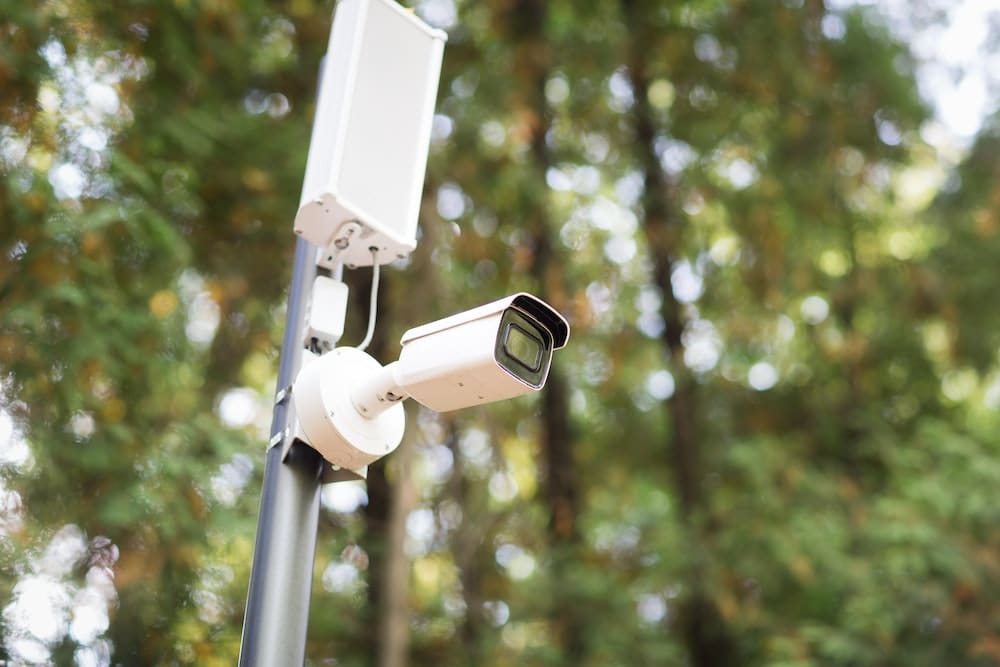In today’s sports landscape, athletes are always seeking ways to enhance their performance. One particular area of interest is heart rate variability (HRV), a metric that provides valuable information about an athlete’s cardiac health and fitness. Specifically, for elite rowers, maximizing HRV can be a game-changer. In this article, we will delve into the best practices for monitoring heart rate variability in these high-level athletes.
The Importance of Heart Rate Variability (HRV) in Training
The concept of HRV refers to the variability in time between each heartbeat. It’s a nuanced measure of the heart’s pattern, which can reflect the athlete’s stress levels, recovery state, and overall cardiac health. In recent years, HRV has become a go-to tool for many athletes, including elite rowers.
A voir aussi : What Are the Latest Techniques in Minimizing ACL Re-Injury Risk in Soccer Players?
HRV monitoring plays a crucial role in the training programmes of elite rowers. The changes in HRV data are closely linked to training load, recovery, and adaptation, thereby influencing the overall rowing performance. It’s a powerful tool that helps to individualize and optimize training, thereby enhancing the athlete’s performance while reducing injury risk.
HRV is often measured using specialized devices that capture ECG data, although simpler tools like heart rate monitor straps and even smartphone apps can also provide reasonably accurate measurements.
Dans le meme genre : Can Dynamic Stretching Routines Enhance Agility in Field Lacrosse Players?
Best Practices for Monitoring Heart Rate Variability (HRV)
When it comes to tracking HRV in rowers, there are several best practices to consider. First and foremost, it’s essential to collect HRV data at a consistent time each day, typically first thing in the morning. This ensures that the data remains consistent and comparable from day to day, without being influenced by the daily fluctuations in heart rate that can occur due to training, caffeine intake, or stress.
Moreover, athletes should maintain a relaxed and steady breathing pattern during HRV measurement. Respiration can significantly impact HRV readings, so it’s important to keep breathing steady to avoid skewing the results. Some experts even recommend following a rhythmic breathing protocol to standardize this factor.
Lastly, athletes should take note of any significant changes in their HRV data. A marked drop in HRV could indicate excessive training load or inadequate recovery, necessitating adjustments in the training program. Conversely, a significant increase in HRV could suggest an improvement in fitness or recovery, signaling that the athlete is ready for more intense training.
The Role of Technology in HRV Monitoring
In the digital age, technology plays a pivotal role in HRV monitoring. Various tools, from wearable devices to mobile apps, can provide accurate HRV data. Elite rowers can choose from a range of options, including chest straps that measure HRV based on ECG data, or wrist-worn devices that use photoplethysmography (PPG) technology.
Moreover, numerous HRV apps available on Google Play and Apple’s App Store offer user-friendly interfaces for tracking HRV data. These apps often provide additional features like data analysis, trend graphs, and personalized training recommendations based on HRV readings.
It’s also worth noting that some of these technologies allow for real-time HRV monitoring, which can be especially valuable during training sessions. This can help athletes and coaches make on-the-spot adjustments to the workout, ensuring optimal training intensity and recovery.
HRV and Performance in Elite Rowers: What the Research Says
Numerous studies validate the use of HRV for performance enhancement in elite rowers. According to a crossref of several studies available on PubMed and Google Scholar, fluctuations in HRV can accurately reflect the athlete’s physiological response to training, recovery status, and overall fitness.
For instance, a study published in the Journal of Sports Sciences found that rowers with higher HRV showed better performance and recovery. Another study, available on doi, suggested consistent HRV monitoring could help optimize training, enhance performance, and reduce injuries in elite rowers.
Significantly, some research has also found that HRV data can predict athletic performance in rowers. A study published in the European Journal of Applied Physiology found that HRV measures could predict rowing performance over a 6-week training period.
In conclusion, tracking HRV is a powerful tool for enhancing performance in elite rowers. By following best practices and using technology effectively, athletes can utilize HRV data to optimize their training and boost their performance on the water.
Optimizing Training Load and Recovery Using HRV
Assessing the training load and recovery periods is essential for the performance and health of elite rowers. Heart rate variability (HRV) is a powerful tool that enables this in a precise and individualized manner.
Consistently monitoring HRV allows athletes and their coaches to effectively balance workouts and rest periods to avoid overtraining and under-recovery. Overtraining can lead to fatigue, decreased performance, and potentially severe health issues, while under-recovery can limit progress and adaptation.
By analyzing HRV data, athletes can adjust their training load to ensure they’re not pushing too hard and allowing enough time for recovery. For instance, a lower HRV could indicate that the athlete is not fully recovered and needs additional rest, while a higher HRV could signal readiness for a more intense workout.
Furthermore, HRV can also guide long-term training strategies. For example, if an athlete consistently shows low HRV despite adequate rest, it might suggest underlying issues such as chronic fatigue or cardiac autonomic imbalance. This information can be invaluable for preventing potential health problems and ensuring optimal performance.
Recent studies available on PubMed, Crossref, and Google Scholar have shown the effectiveness of HRV-guided training load adjustments in enhancing performance and reducing injury risk among endurance athletes, including elite rowers.
Conclusion: The Future of HRV in Elite Rowing
In the demanding world of elite rowing, HRV is emerging as a key tool for maximizing performance and maintaining health. By consistently monitoring HRV, rowers can gain insights into their physical state, allowing them to optimize their training load and recovery periods.
The use of technology, especially wearable devices and mobile apps, make it possible for rowers to collect and analyze HRV data in real-time. These tools offer user-friendly interfaces and features like trend graphs and personalized training recommendations, which can enhance the usefulness of HRV data.
Emerging research, available on platforms such as PubMed, Crossref, and Google Scholar, continues to validate the effectiveness of HRV in guiding training and predicting performance among endurance athletes. As our understanding of HRV expands, it’s likely that its application in elite rowing will continue to evolve, offering even more benefits to athletes.
In conclusion, heart rate variability (HRV) is a game-changer in elite rowing. By optimizing training load and recovery based on HRV data, rowers can enhance their performance, reduce injury risk, and ensure their long-term cardiac health. As technology and research in this area continue to advance, the role of HRV in rowing is set to become even more essential.






